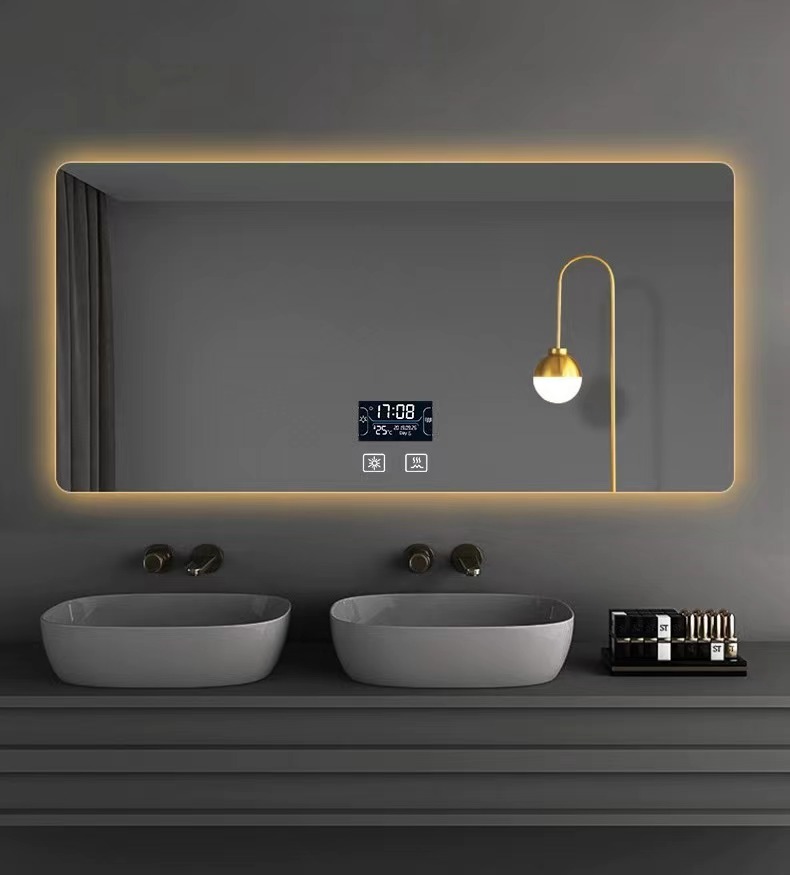

Low-E S/C Glass Enhancing Energy Efficiency in Modern Architecture
In an era where sustainability and energy efficiency have become paramount, Low-E (Low Emissivity) S/C (Solar Control) glass has emerged as a vital material in modern architecture. This advanced glazing technology combines the benefits of insulation and solar control, contributing significantly to energy conservation in residential and commercial buildings.
Low-E S/C Glass Enhancing Energy Efficiency in Modern Architecture
The “S/C” aspect refers to solar control, essential for managing the amount of solar heat gain entering a building. This feature is particularly important in regions with high solar exposure, where excessive heat can lead to discomfort and increased energy consumption. Low-E S/C glass effectively balances natural lighting with temperature regulation, allowing architects and designers to create well-lit spaces without the associated energy costs.

The environmental benefits of Low-E S/C glass extend beyond energy savings. By reducing the dependency on heating and cooling systems, this glazing solution lowers carbon emissions associated with energy use. Additionally, it promotes the use of daylight, improving indoor air quality and enhancing the overall ambiance of spaces. With the growing emphasis on sustainable building practices, Low-E S/C glass is increasingly considered a standard in energy-efficient construction.
Moreover, advancements in technology have led to the development of various types of Low-E coatings, catering to diverse architectural needs. Some coatings are optimized for high solar gain, ideal for colder climates, while others are designed for low solar gain, perfect for warmer regions. This versatility allows architects to select the appropriate type of Low-E glass based on specific project requirements, ensuring optimal performance.
In conclusion, Low-E S/C glass represents a significant innovation in the field of architecture and design. Its ability to enhance energy efficiency, improve indoor comfort, and promote sustainability makes it an essential component of modern building practices. As architects and builders continue to embrace eco-friendly solutions, the use of Low-E S/C glass is set to become even more widespread, contributing to a greener and more sustainable future.